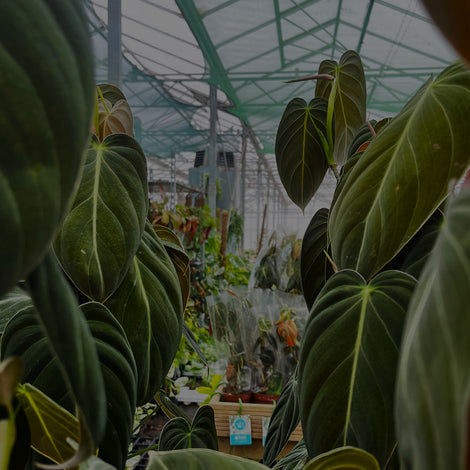A guide to the best Fern plant soil
Ferns are popular, versatile plants that are often grown as houseplants or in outdoor gardens. They require specific soil conditions to thrive. Here's a guide to the best soil for ferns:
-
Well-draining soil Ferns prefer well-draining soil to prevent root rot and other issues caused by excess water. A mix of loamy soil, sand, or perlite can help improve drainage.
-
Organic matter content Ferns thrive in rich, organic matter, which provides essential nutrients and helps retain moisture. Adding compost, aged manure, or leaf mold to your soil mix can increase organic content and improve overall soil health.
-
pH level Ferns prefer slightly acidic to neutral pH levels, ranging from 6.0 to 7.0. Use a soil pH test kit to check your soil's pH. If needed, you can adjust the pH by adding lime to raise it or sulfur to lower it.
-
Moisture retention Ferns require consistently moist soil, as they do not tolerate drought well. To improve moisture retention, add peat moss or coconut coir to your soil mix. Ensure that you water the ferns regularly but avoid overwatering, as this can lead to root rot.
A suggested soil mix for ferns:
- 50% high-quality potting soil or garden loam
- 25% compost or aged manure
- 10% perlite or coarse sand
- 10% peat moss or coconut coir
- 5% leaf mold or well-rotted pine bark (optional)
This mix should provide adequate drainage, moisture retention, and nutrient content for your ferns. However, it's essential to note that specific fern species may have slightly different soil requirements. Always research the particular needs of your fern species to ensure optimal growth and health.
Maintaining healthy soil:
- Monitor the soil moisture and water your ferns regularly, ensuring that the soil remains evenly moist but not soggy.
- Fertilize your ferns every 4-6 weeks during the growing season with a balanced, water-soluble fertilizer. Dilute the fertilizer to half strength to prevent root burn.
- Repot your ferns as needed, usually every 2-3 years or when they outgrow their containers. This will refresh the soil and ensure continued healthy growth.
- Keep an eye out for pests or diseases and address them promptly to prevent harm to your ferns.
By providing the right soil conditions, you'll create a healthy environment for your ferns to grow and thrive.





















Leave a comment
Please note, comments need to be approved before they are published.